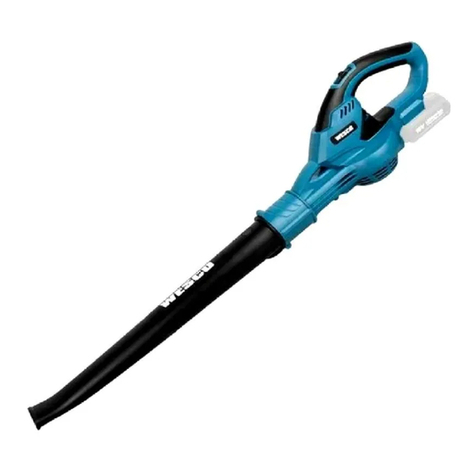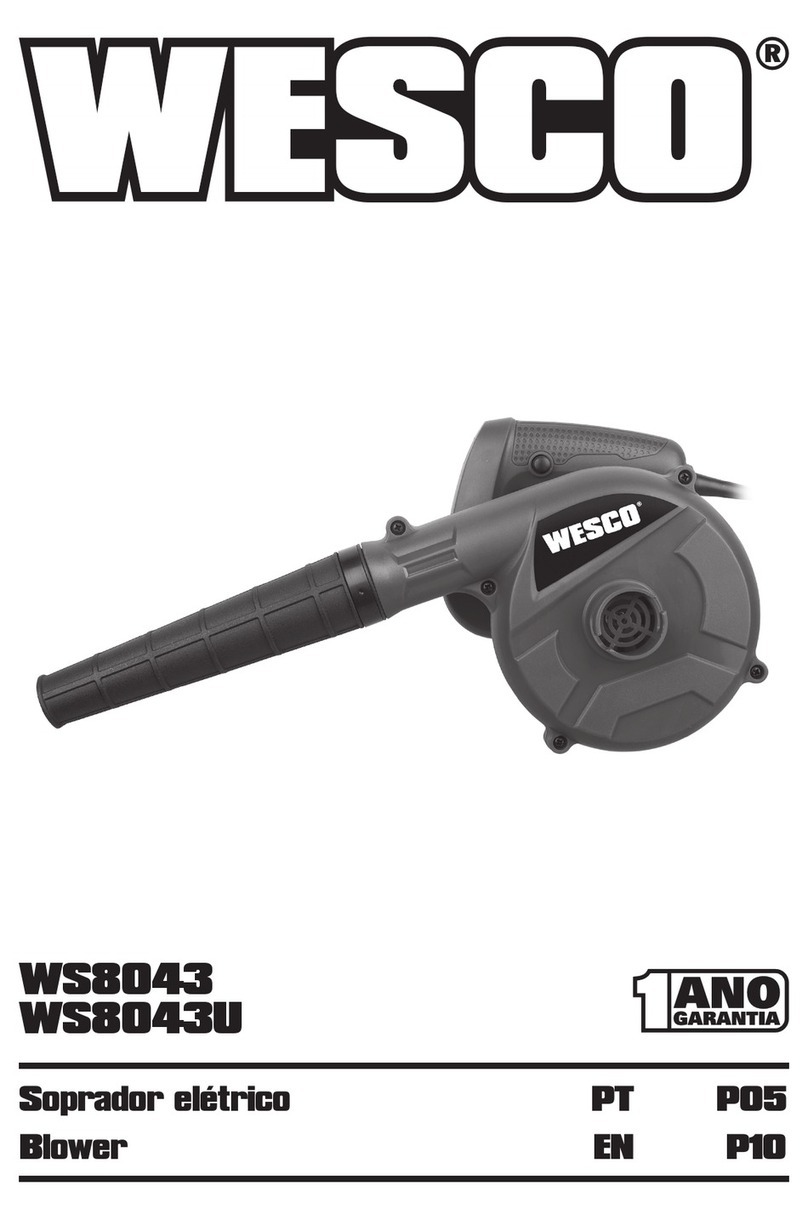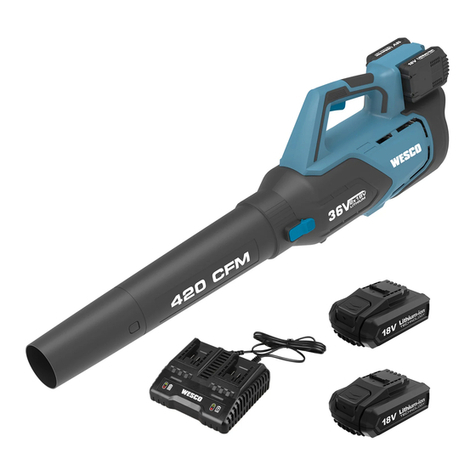
5
EN
PRODUCT SAFETY
WARNING: Some dust created by power sanding,
sawing, grinding, drilling and other construction
activities contains chemicals known to the State of
California to cause cancer, birth defects or other
reproductive harm. Some examples of these chemicals are:
• Lead from lead-based paints;
• Crystalline silica from bricks and cement and other
masonry products;
• Arsenic and chromium from chemically-treated lumber.
Your risk from these exposures varies, depending on how
often you do this type of work. To reduce your exposure
to these chemicals: work in a well ventilated area, and
work with approved safety equipment, such as those dust
masks that are specially designed to filter out microscopic
particles.
WARNING: This product can expose you to
chemicals including lead and Di(2-ethylhexyl)
phthalate (DEHP) which are known to the State of California
to cause cancer and birth defects or other reproductive
harm. For more information go to www.P65Warnings.ca.
gov.
IMPORTANT SAFETY INSTRUCTIONS
WARNING: Read all safety warnings and
instructions. Failure to follow the warnings
and instructions may result in electric shock, fire and/
or serious injury.
FOR ALL APPLIANCES
1. Avoid dangerous environments — do not use
appliances in damp or wet locations.
2. Don’t use in rain.
3. Keep children away — All visitors should be kept at a
distance from work area.
4. Dress properly — do not wear loose clothing or
jewellery. They can be caught in moving parts.
Wear protective clothing; use of work gloves, long
pants, a long-sleeved shirt and safety footwear
is recommended when working outdoors. Wear
protective hair covering to contain long hair.
5. Use safety glasses — always use face or dust mask if
the area in which you are working is dusty.
6. Use the right appliance — do not use appliance for any
job except that for which it is intended.
7. Do not force appliance — it will do the job better and
with less likelihood of a risk of injury at the rate for
which it was designed.
8. Do not overreach — keep proper footing and balance
at all times.
9. Stay alert - Watch what you are doing. Use common
sense. Do not operate appliance when you are tired.
10. Store Idle Appliances Indoors - When not in use,
appliances should be stored indoors in dry, and high or
locked-up place - out of reach of children.
11. Maintain Appliance With Care - Follow instructions for
lubricating and changing accessories. Keep handles
dry, clean, and free from oil and grease.
12. Check Damaged Parts - Before further use of the
appliance, a guard or other part that is damaged
should be carefully checked to determine that it will
operate properly and perform its intended function.
Check for alignment of moving parts, binding of
moving parts, breakage of parts, mounting, and any
other condition that may affect its operation. A guard or
other part that is damaged should be properly repaired
or replaced by an authorized service center unless
indicated elsewhere in this manual.
1.
FOR ALL BATTERY-OPERATED GARDENING APPLIANCES:
1. Prevent unintentional starting. Ensure the switch is in the
off-position before connecting to battery pack, picking
up or carrying the appliance. Carrying the appliance with
your finger on the switch or energizing appliance that has
the switch on invites accidents.
2. Disconnect the battery pack from the appliance before
making any adjustments, changing accessories, or
storing appliance. Such preventive safety measures
reduce the risk of starting the appliance accidentally.
3. Recharge only with the charger specified by the
manufacturer. A charger that is suitable for one type of
battery pack may create a risk of fire when used with
another battery pack.
4. Use appliances only with specifically designated battery
packs. Use of any other battery packs may create a risk
of injury and fire.
5. When battery pack is not in use, keep it away from other
metal objects, like paper clips, coins, keys, nails, screws
or other small metal objects, that can make a connection
from one terminal to another. Shorting the battery
terminals together may cause burns or a fire.
6. Under abusive conditions, liquid may be ejected from
the battery; avoid contact. If contact accidentally occurs,
flush with water. If liquid contacts eyes, additionally seek
medical help. Liquid ejected from the battery may cause
irritation or burns.
7. Do not use a battery pack or appliance that is damaged
or modified. Damaged or modified batteries may exhibit
unpredictable behavior resulting in fire, explosion or risk
of injury.
8. Do not expose a battery pack or appliance to fire or
excessive temperature. Exposure to fire or temperature































